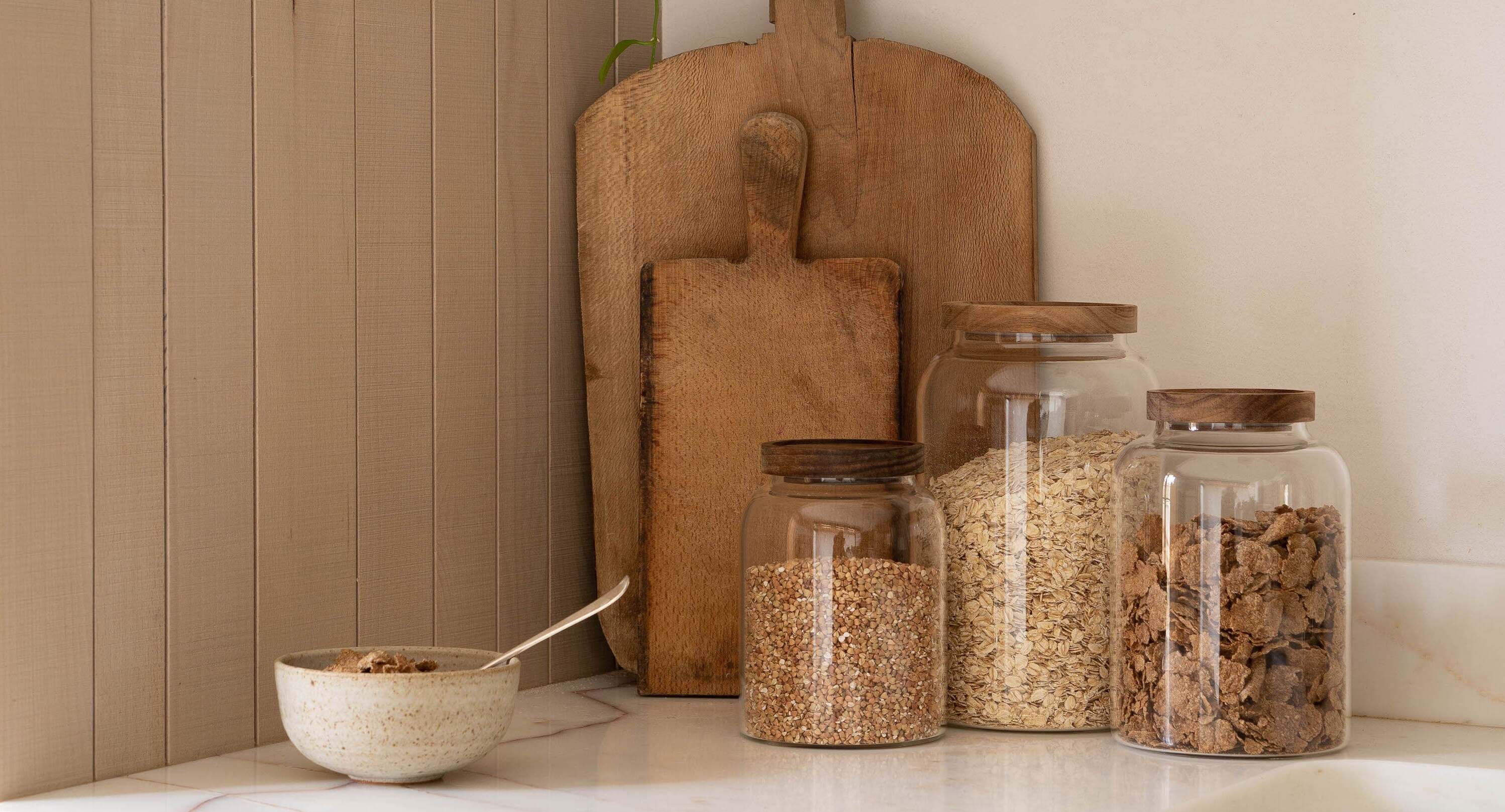
I live in a chronic illness household. Both me and my partner have long-term conditions we've made many swaps for healthier alternatives to keep us well as possible – and I don't just mean in our diet.
We have carefully curated our low-toxicity home to eliminate as many 'forever chemicals' (also known as PFAS*), which can be found in everything from cookware to mattresses and can cause a myriad of health conditions including cancer and hormone issues.
I decided to make these changes to avert all the unnecessary risks I could. Here are the seven non-toxic home essentials I swear by to make a home less toxic, and why you should consider investing in them too.
Non-toxic home essentials
If you have been on the internet at all in the last six months, then you may have started to hear more about PFAS: polyfluoroalkyl substances.
They are a class of man-made chemicals that are extremely toxic even at low levels, and have been shown to play a part in the development of cancer, thyroid problems, and hormone disruption to name a few of their health effects.
The worst news is that these are almost impossible to avoid. However, there are ways of limiting exposure and, given that's the best we can do right now, it is something I am committed to, be it through green cleaning or food storage and my curation of non-toxic home essentials.
1. Glass food storage
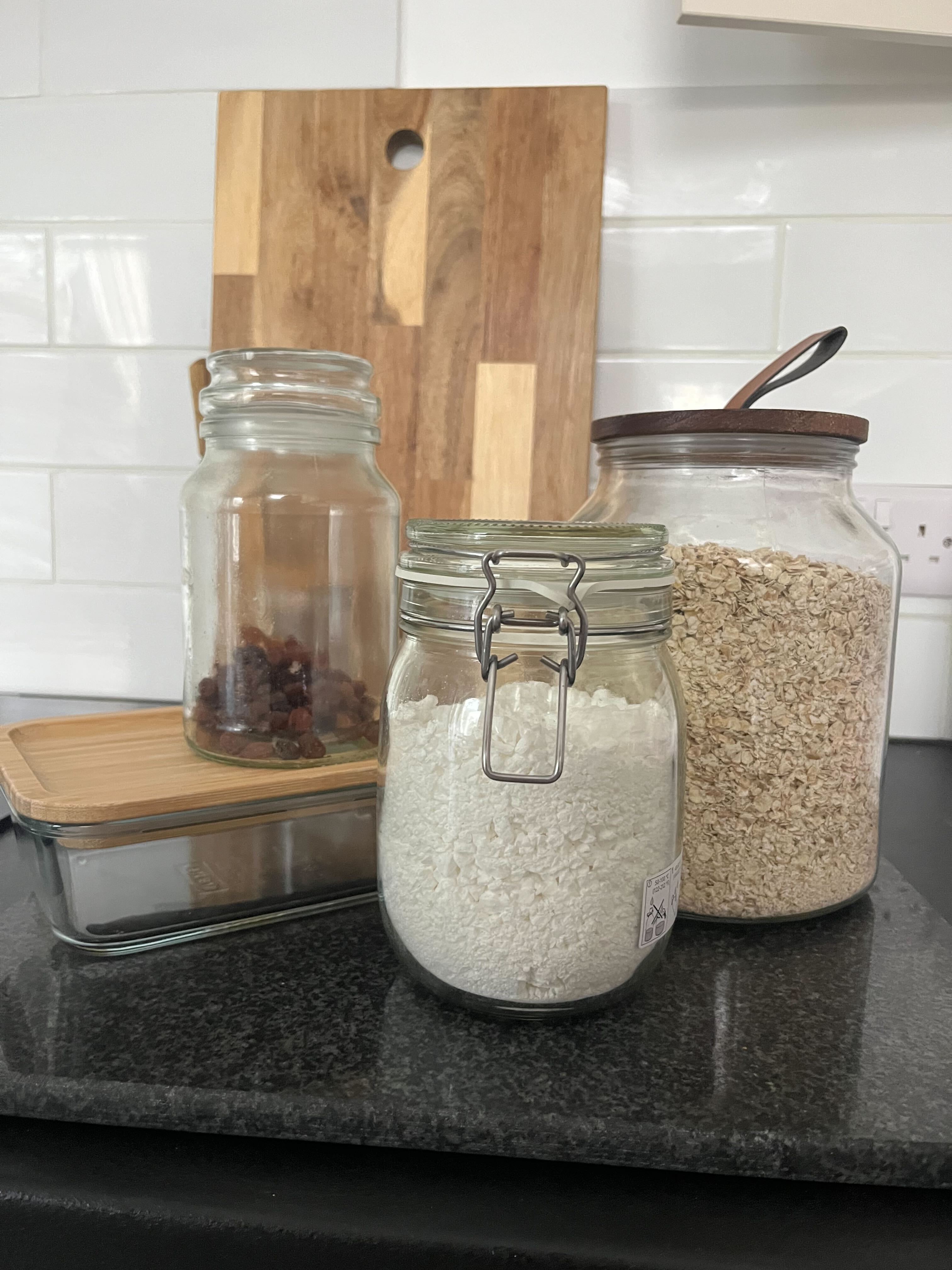
By far one of the worst offenders for avoidable toxicity are plastic food containers, which studies have shown 'leach varying levels of metals and chemicals into the foods they store.'
This is one of the first swaps I made to lower toxicity in my home, swapping plastic containers for glass ones with natural bamboo lids.
On the one hand, these are more expensive, more delicate, and take up slightly more space in my already squeezed kitchen storage ideas. However, they do not contaminate our food (something especially important for my partner's OCD) and they can be used in the oven, microwave, fridge, and freezer without issue. Better yet, they do not stain and they are a lot easier to clean, meaning they last longer.
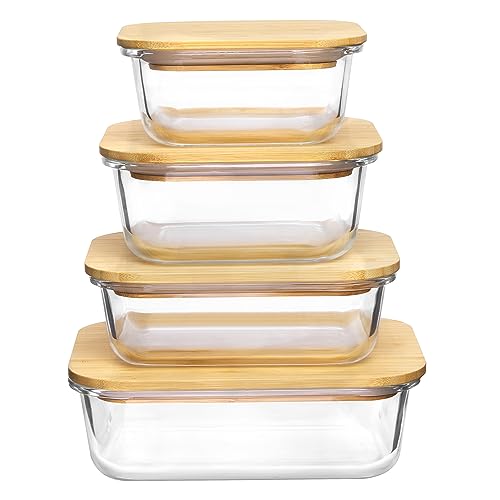
I keep multiple sizes of food containers in my storage cabinet ready to fit any leftovers, baked goods, or meal prep items ready for the fridge, freezer, or oven
2. A steam cleaner
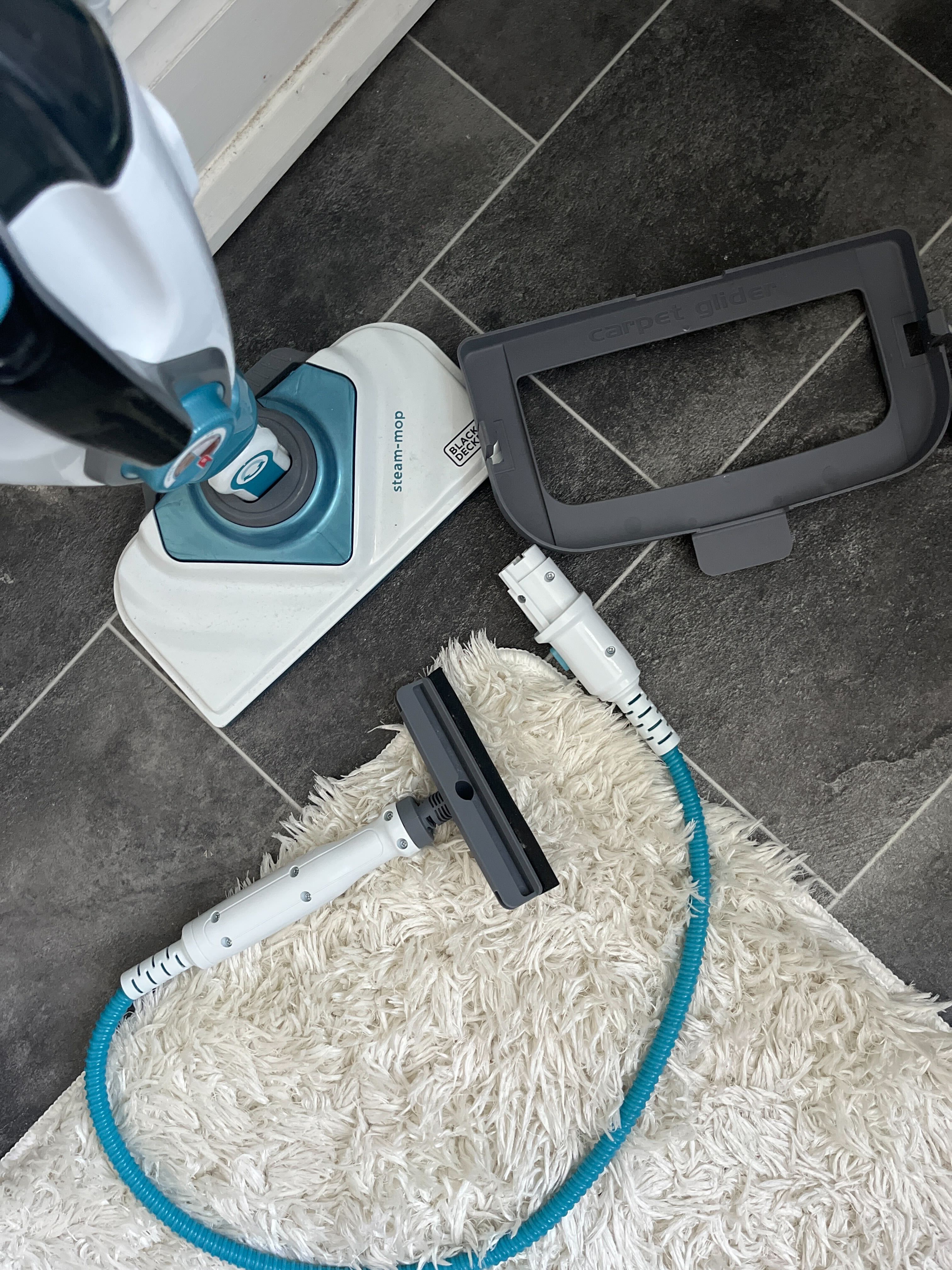
One of my all-time favorite non-toxic investments for my home was my best steam cleaner and steam mop.
I chose the Black & Decker 7-in-1 steam mop, available at Amazon, which was rated the best steam cleaner overall by H&G's in-house experts. It came with attachments that means I can clean both hard and carpeted floors, glass and tiles, grout, upholstery, and clothing. The best application so far? Using it to clean an oven without chemicals (and more efficiently, too).
The steam cleaner means that I do not have to use harsh chemical cleaners or a lot of elbow grease to clean pretty much any area of my home. Everything has now been reduced to a wipe or brush with some high-pressure steam, instantly killing bacteria and loosening grime. I even used a steam cleaner to get rid of fleas without chemicals once, too.
3. White vinegar
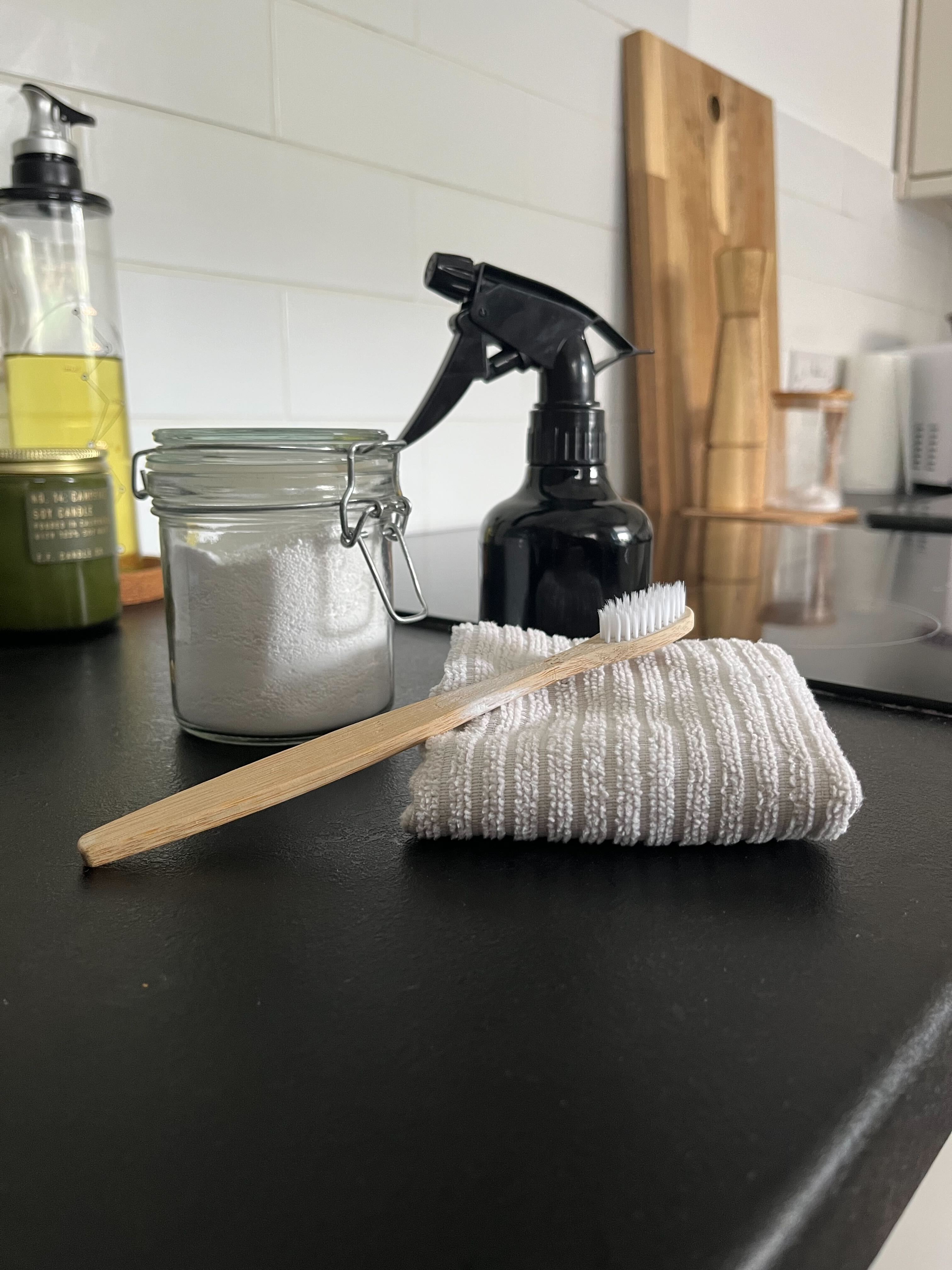
I couldn't claim to have a low-toxicity household without having a big stash of white vinegar in my cleaning cabinet.
Cleaning with vinegar is one of the best ways to cut chemicals out of your home. It can be used for everything from removing odors from upholstery and rooms to getting rid of black mold, to using white vinegar in laundry.
I picked up a large gallon container of white vinegar a few months ago and it is still going strong despite heavy usage. I simply decant it into a spray bottle to make it easier to use around my home. At the moment, this bottle is plastic, but I am looking to upgrade it to a glass bottle soon.
Amber glass spray bottles, available on Amazon, for DIY cleaning solutions is something Punteha van Terheyden, head of Solved here at H&G swears by. She adds, 'I make all sorts of natural cleaning solutions using vinegar and essential oil, and they work just as well, if not better, than chemical packed commerical ones. They're cheaper, customizable, and better for the planet.'
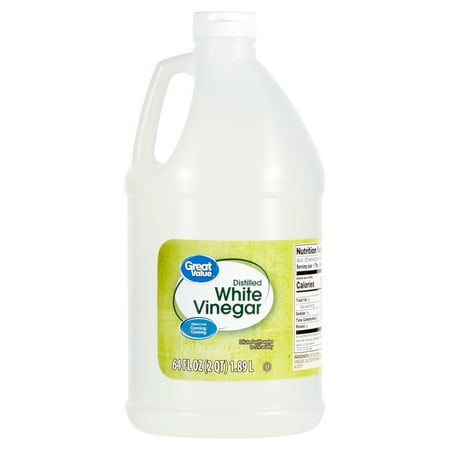
White vinegar is a must for any household, whether you are committed to the low-tox lifestyle or not. It is super versatile and effective for so many cleaning tips
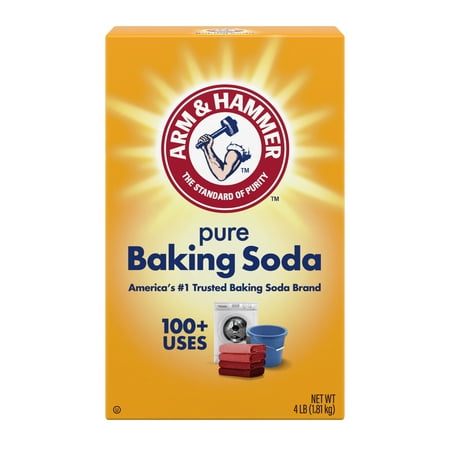
Baking soda is a natural abrasive that helps break down tough deposits without scratching delicate surfaces, making it another sustainable solution I always have in my cleaning cabinet
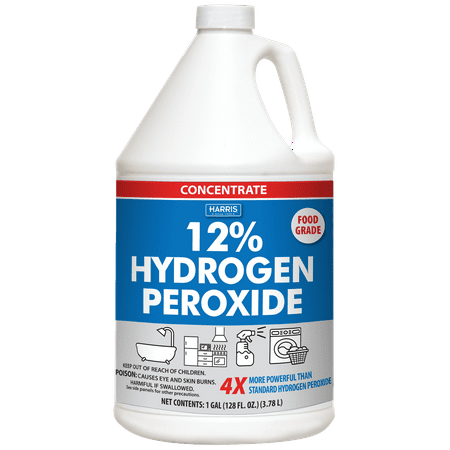
Cleaning with hydrogen peroxide is great for disinfecting areas around your home without the need for harsh chemicals. This is especially useful for use around pets and children
4. Gentle detergent
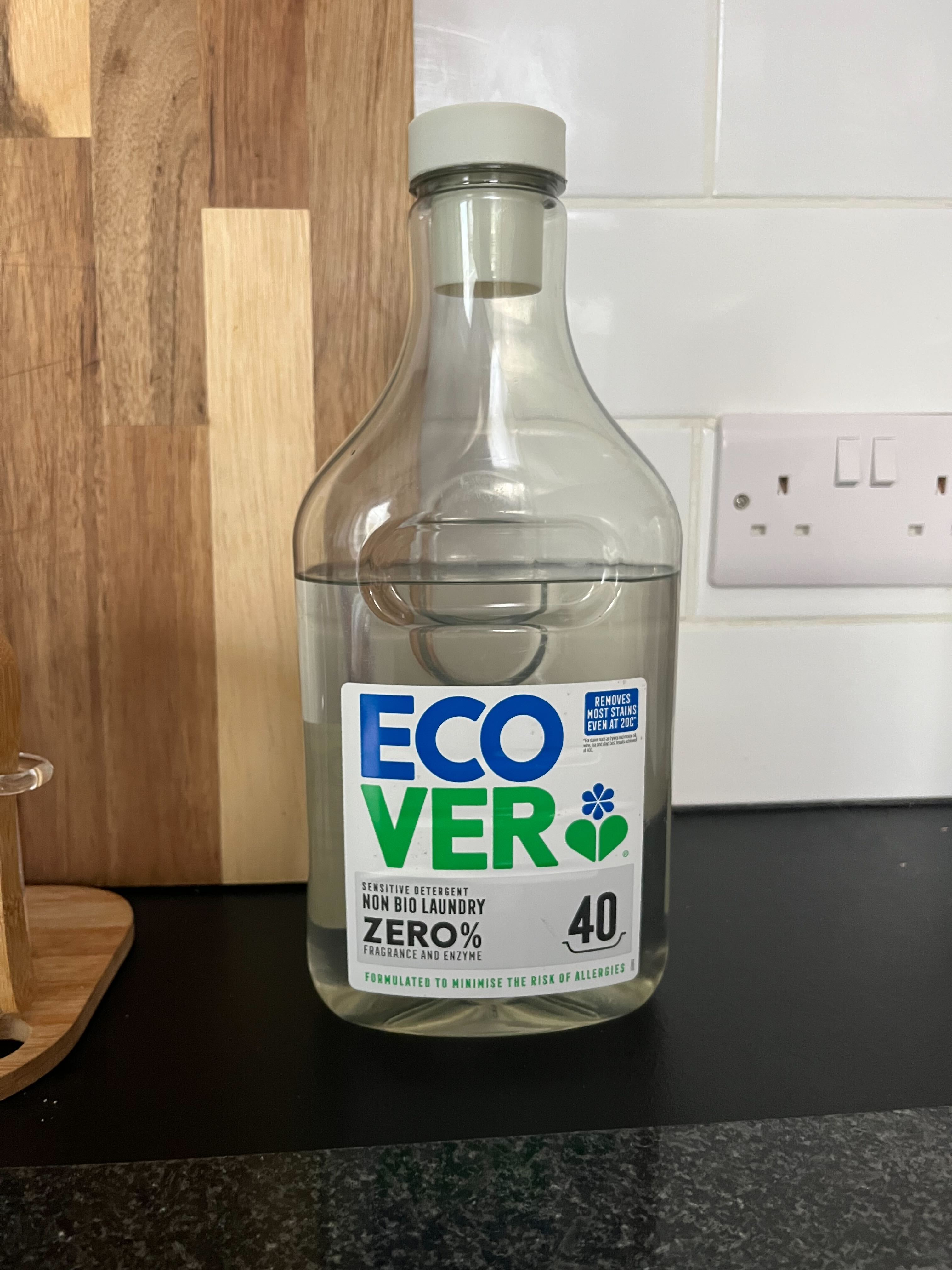
In my household, we have to prioritize doing laundry for sensitive skin, which means being very careful about our detergent choices. We always opt for a free and gentle detergent, which do not have any coloring, fragrances, or optical brighteners.
This plays two roles. It means the detergents are less likely to cause a flare-up of skin conditions and lower our exposure to pointless chemicals without sacrificing clothing cleanliness. If you are worried about other chemicals in detergent, you could also make your own laundry detergent at home.
Because it is fragrance-free, our laundry comes out smelling like nothing. It busts odors, but it does not add a fragrance, so I usually take a few extra steps to make my laundry smell better, including occasionally using DIY linen sprays on my clothing to add a nice scent.
I also use vinegar to clean a washing machine every month (on a very hot cycle) to kill bacteria without introducing chemicals to the drum that could wash off onto clothes.
Though I don't use a dryer, you can use a few drops of your favorite essential oil for a dryer hack without chemical-laden dryer sheets. Add them to a damp, clean cloth and pop that in your dryer for natural, gentle laundry scenting. Punteha van Terheyden, head of Solved recommends the 100% pure geranium essential oil at Walmart for its luxury smell.
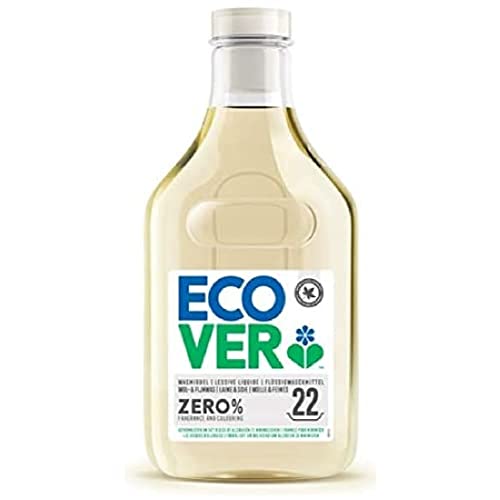
Ecover has become a staple for many of my family members. I use it to keep eczema and acne under control, my mom uses it to help psoriasis, and my grandmother uses it to avoid setting off my grandad's breathing problems
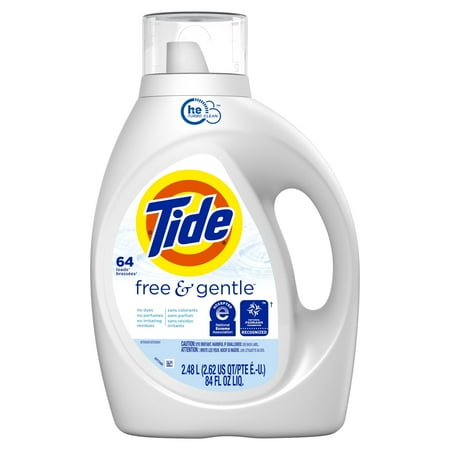
Tide free and gentle is another great example of sensitive detergent that is perfect for use both on sensitive skin and when trying to cut chemical use in your home
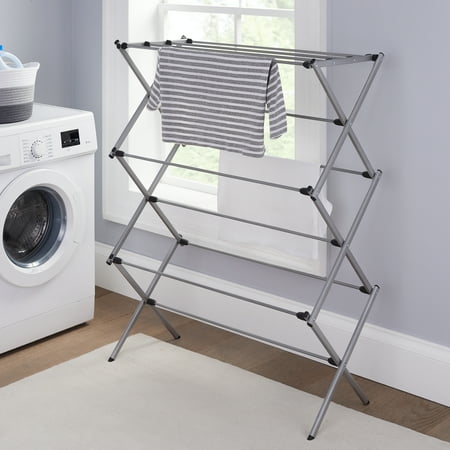
I never use a tumble dryer to dry my clothes. Instead, I harness the benefits of air-drying laundry and use the best dehumidifier to speed the process up. This way, I am not using further chemicals through dryer sheets
5. Stainless steel pans
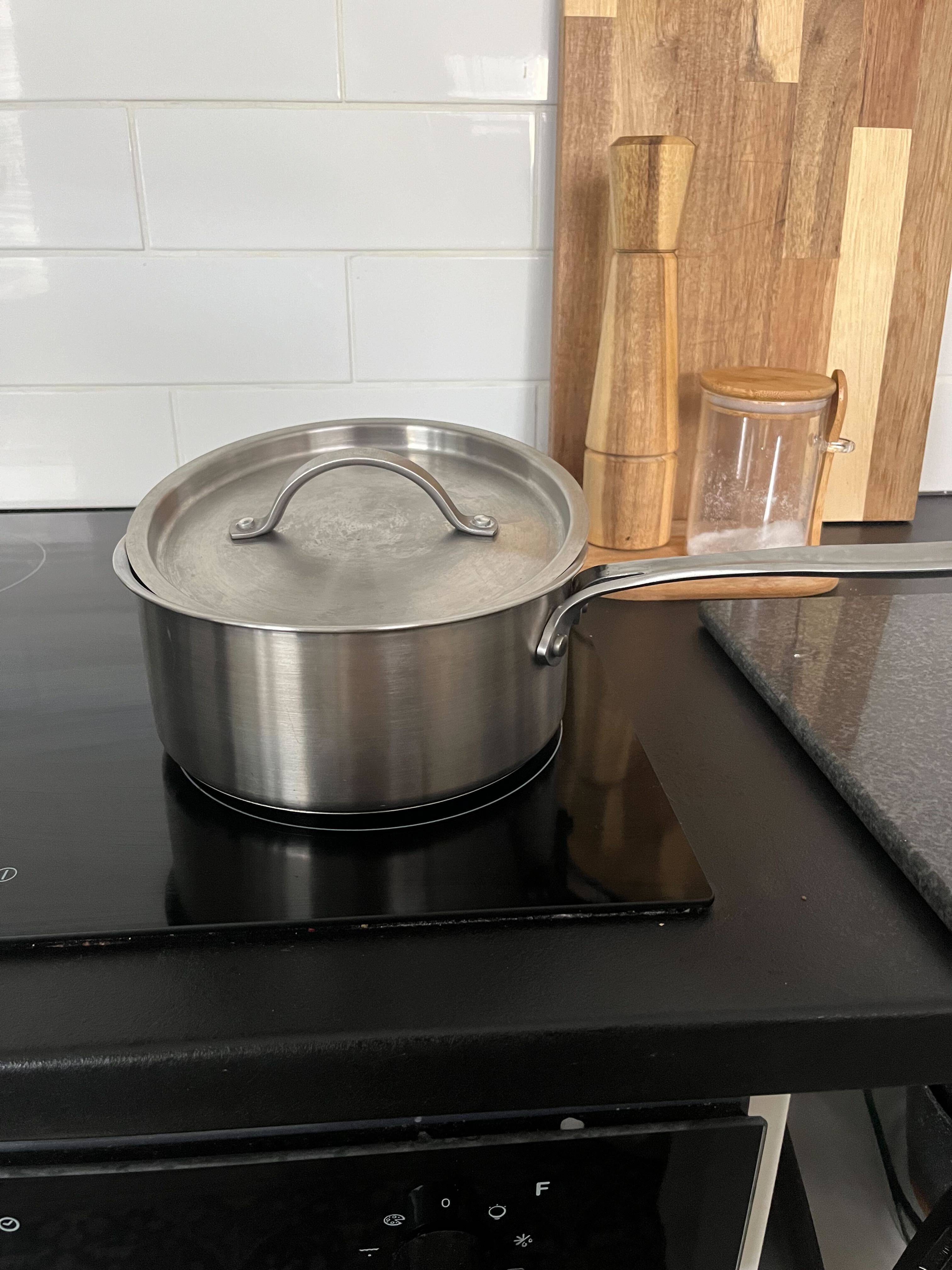
Should you buy non-stick pans? I used to think they were the only option to stop food burning instantly, but they have been proven to be incredibly toxic.
The specialized coating that makes them non-stick can leach into food when heated up, not to mention that it can peel and flake with time (especially if you make some common mistakes when cleaning kitchenware or organize pots and pans incorrectly). Having stacks of nonstick cookware is a surefire sign it's time to replace your pots and pans.
I switched to stainless steel pans earlier this year. They certainly took some getting used to before I learned how to stop things from sticking to the bottom, but now I have mastered it, I found I prefer these chef-quality essentials. They are also easier to store and clean and can go from the stovetop to the oven to make cooking complex dishes easier.
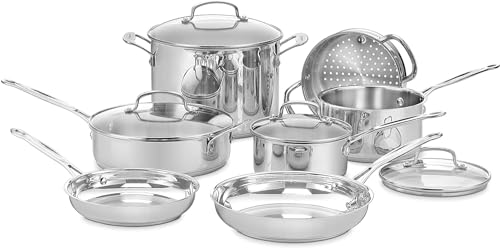
Stainless steel pans do not leach chemicals, can be washed in the dishwasher, and are often safe for use on stovetops and in ovens (check the manufacturer instructions first), making them far more versatile and practical than non-stick alternatives
6. 100% soy candles
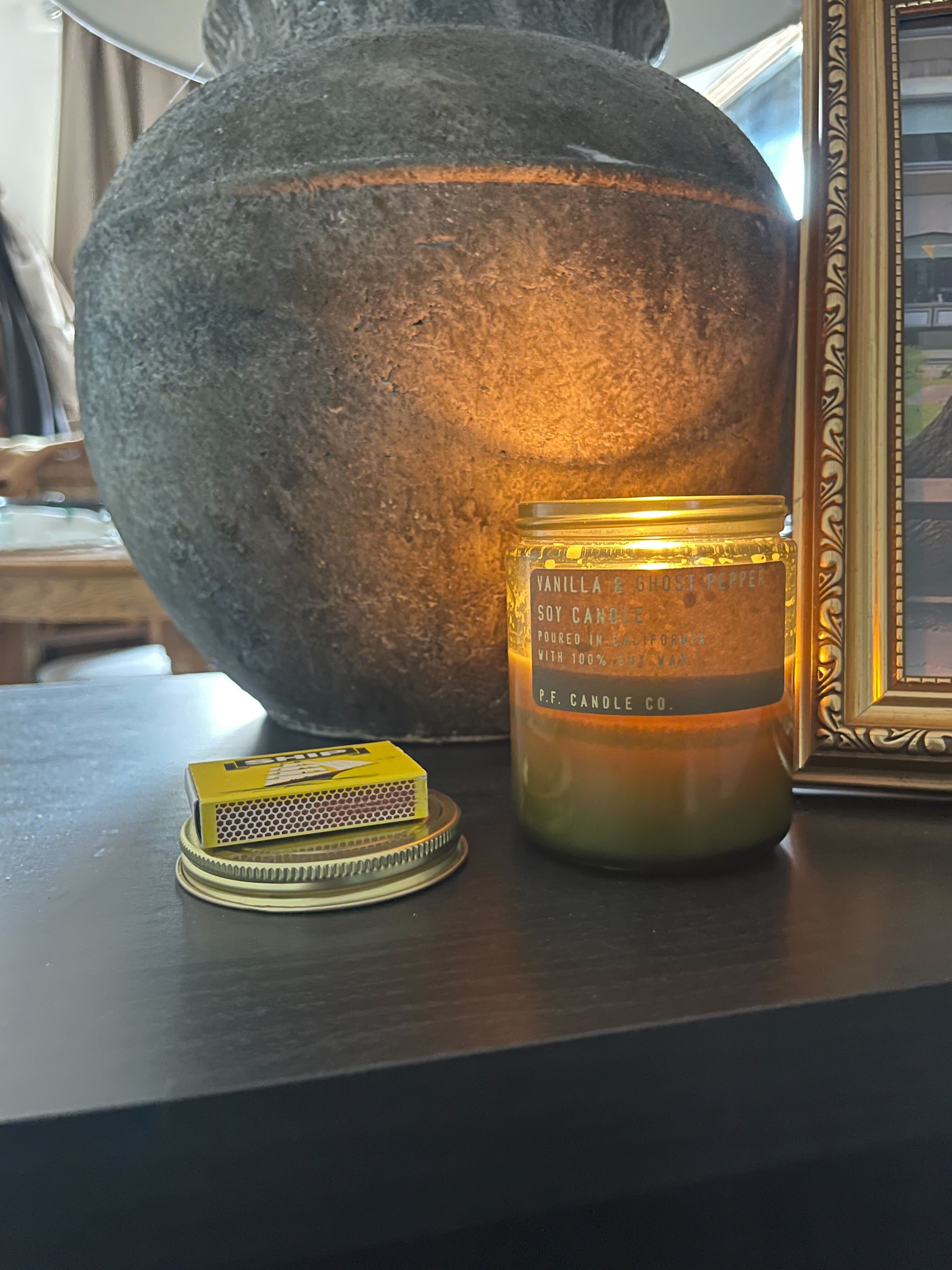
When I was doing research to write my article on the most common candle wax types, I was horrified to learn just how toxic paraffin wax was.
I am a certified candle lover, and I was always picking up the best candles for every season to make my home smell nice. This wasn't something I wanted to give up, so I decided to start researching my candles more thoroughly before investing and swapped to 100% soy wax candles instead.
Soy wax burns cleanly and is often scented with essential oils rather than man-made fragrance chemicals, meaning my home smells nice without impacting our air quality. This, in turn, has meant I can now keep my candles burning when my family member with asthma visits, as they do not impact them as paraffin wax does.
My next steps are to try the best essential oil diffusers to remove the burning altogether while still making a home smell good all the time.
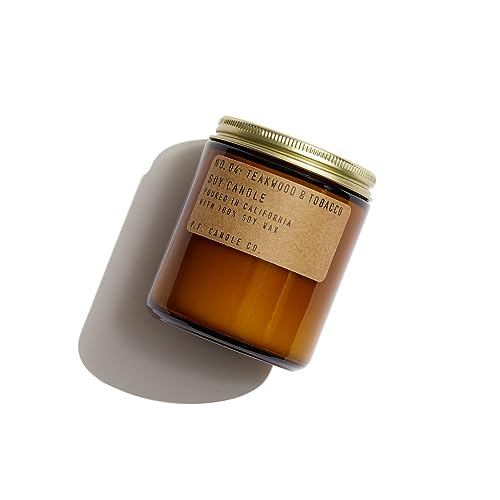
I love the P.F. Candle Co. candles. They are made with 100% soy wax and scented with essential oils meaning they are low-toxic but still smell amazing. They also burn evenly, too
7. Wood, metal, and stone kitchen tools
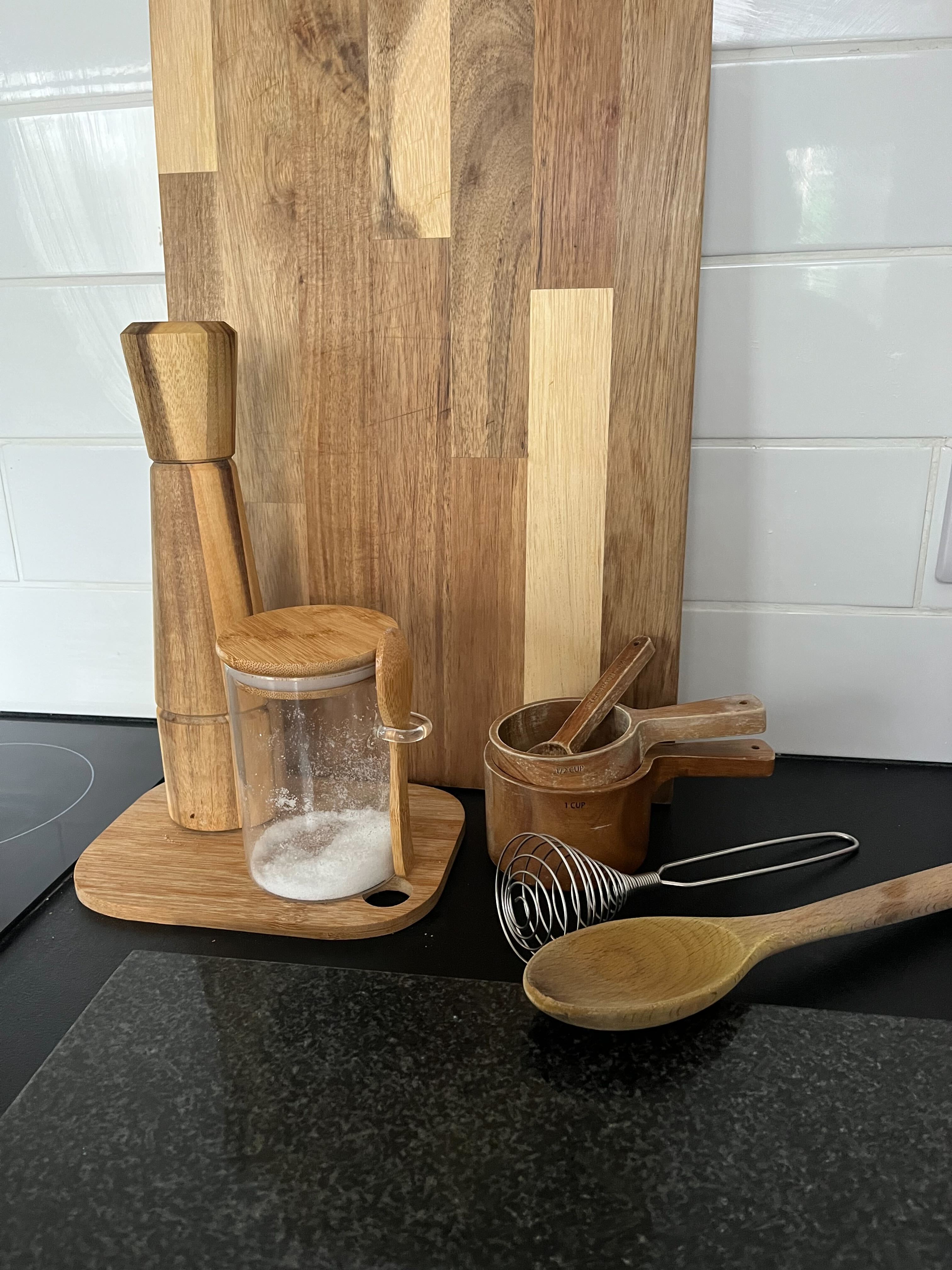
This wasn't a swap, per se, but something I grew up with.
I never use plastic utensils or cutting boards in my kitchen. I only use wooden spoons, wood or stone cutting boards, metal rolling pins, and metal tools to cook and bake. My only exception is my silicone spatula as I am yet to find anything as effective for cleaning all the cake batter out of a mixing bowl.
While you might think that using wooden tools is less hygienic, so long as you know how to clean wooden spoons and how to care for a wooden cutting board, they can actually be more sanitary (and certainly less toxic) than plastic. The trick is to invest in high quality and follow the care instructions and they will last for years.
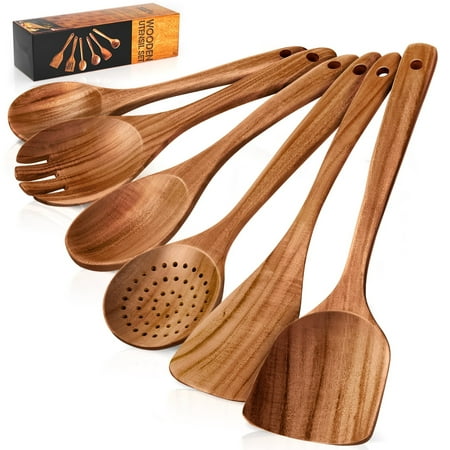
Wooden utensils, when cleaned and oiled correctly, will last for years and won't leach chemicals into your food
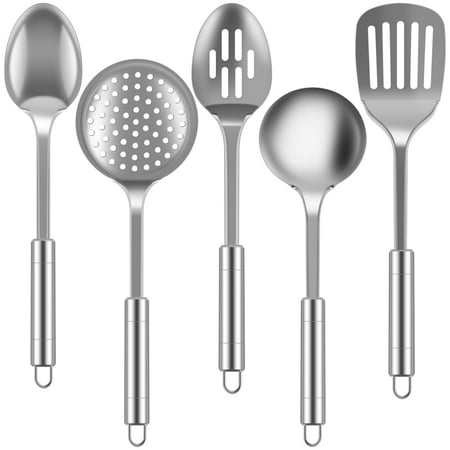
If oiling and caring for wooden tools sounds too high maintenance, steel is your next best bet. Never use these on non-stick pans, however, as they can scratch and flake the coating
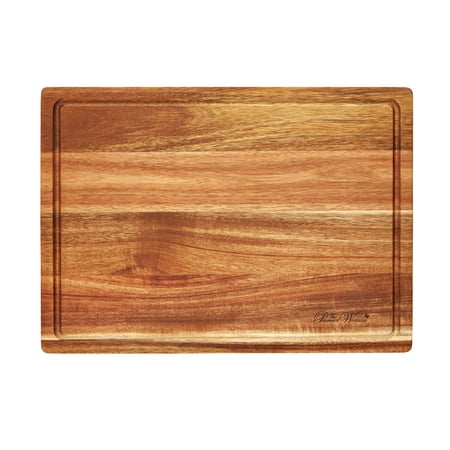
Wooden cutting boards are usually favored by professional chefs as they are easy to clean (especially when oiled with correctly), do not contaminate food, and do not dull knives too quickly
I will admit now that I am still not perfect when it comes to creating a completely non-toxic home. Plastics are everywhere, after all, and can be incredibly convenient (which, when life gets busy, means my habits sometimes slip back). For example, I still have one non-stick pan that gets occasional use, and I still use commercial cleaners when cleaning a bathroom.
However, I am making slow, steady progress towards being more sustainable at home, and that is far better than none at all.
*NRDC, "Forever Chemicals" Called PFAS Show Up in Your Food, Clothes, and Home







